
Browse an alphabetical list of articles about the Holocaust and World War II. Learn more about topics such as the Nazi rise to power, how and why the Holocaust happened, life in Nazi camps and ghettos, and the postwar trials.
<< Previous | Displaying results 501-547 of 1105 for "Article" | Next >>
On June 22, 1941, Nazi Germany invaded the Soviet Union. The surprise attack marked a turning point in the history of World War II and the Holocaust.
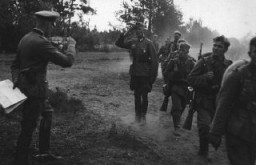
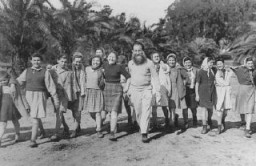
Young people's diaries capture some of the most heartbreaking experiences of the Holocaust. Learn about the diary and experiences of Irena Aronowicz.
Efforts to hold some of the remaining perpetrators of crimes of the Holocaust accountable continue today, raising the question: is it ever too late to seek justice?
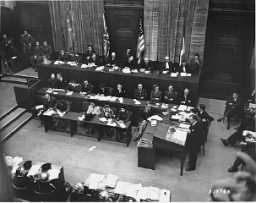
Children's diaries bear witness to some of the most heartbreaking events of the Holocaust. Learn about the diary and experiences of Israel Unikowski.
Italy was home to one of the oldest Jewish communities in Europe. It was also a member of the Axis alliance with Nazi Germany. Learn about Italy during WWII and the Holocaust.
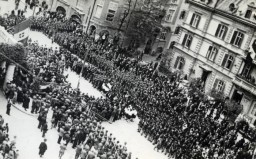
Read an excerpt from Izak Lichtenstein’s 1947 testimony about the resistance movement in the Lachva (Lachwa) ghetto.
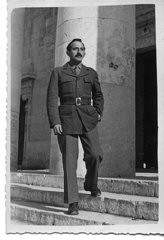
Jack London was an American author who wrote “The Call of the Wild.” His socialist leaning works were burned during the Nazi book burnings of 1933. Learn more.
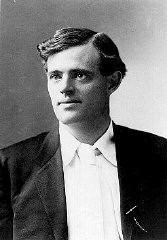
Explore Jacob Wiener’s biography and learn about his experiences during Kristallnacht in Würzburg, Germany.
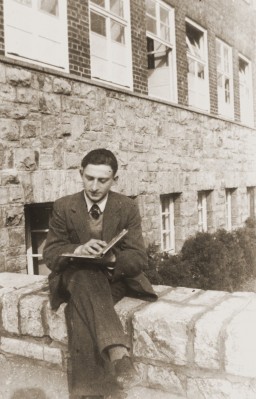
Jakob Wassermann was a popular German Jewish author. After the Nazi rise to power, he was forced to leave Germany. His works were burned in May 1933. Learn more.
Young people's diaries bear witness to some of the most heartbreaking experiences of the Holocaust. Learn about the diary and experiences of Jakub Lapides.
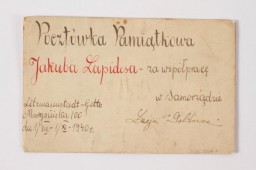
Architect James Ingo Freed designed the United States Holocaust Memorial Museum.
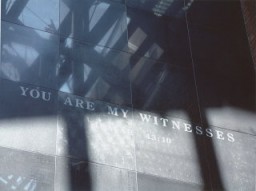
An underground courier for the Polish government-in-exile, Jan Karski was one of the first to deliver eyewitness accounts of the Holocaust to Allied leaders.
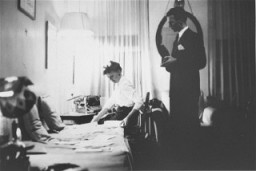
In 1941, the Nazis established Janowska camp. It was primarily used as a forced-labor and transit camp.
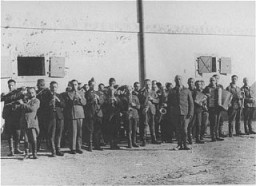
Janusz Korczak ran a Jewish orphanage in Warsaw. He and his staff stayed with the children even as German authorities deported them to their deaths at Treblinka in 1942.
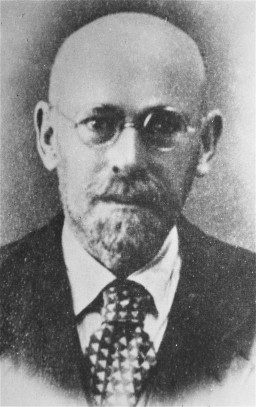
Learn more about the forcible relocation of some 120,000 people of Japanese descent living in the US to “relocation centers.”
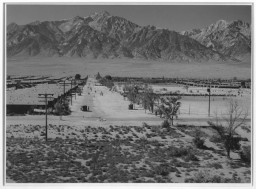
Jasenovac camp complex operated between 1941-1945 in the so-called Independent State of Croatia. Learn more about conditions and prisoners at Jasenovac.
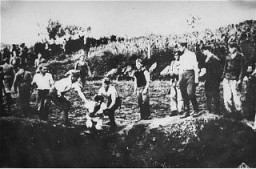
Read the Jewish Partisan Educational Foundation's short biography of Jeff Gradow.
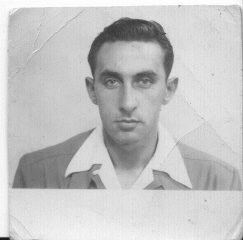
The Nazi regime targeted Jehovah’s Witnesses for persecution. Learn about the history of Jehovah’s Witnesses in Germany before and after the Nazi rise to power.
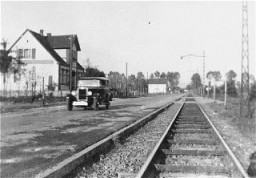
Young people's diaries bear witness to some of the most heartbreaking experiences of the Holocaust. Learn about the diary and experiences of Lolek Lubinski
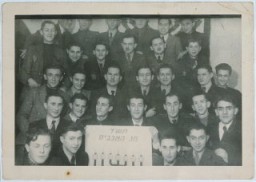
Jewish groups worldwide helped rescue thousands during the Holocaust. Read more about efforts to save Jews from Nazi persecution and death.
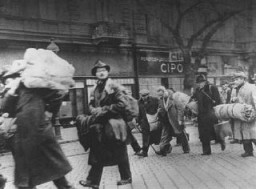
Nazi officials implemented the Jewish badge as a key element in their plan to persecute and eventually destroy the Jewish population of Europe. Learn more
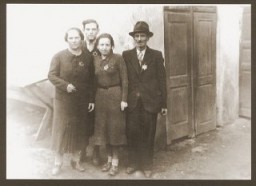
Decrees that ordered Jews to wear special badges for purposes of identification existed before the Nazi era. Learn about this history.
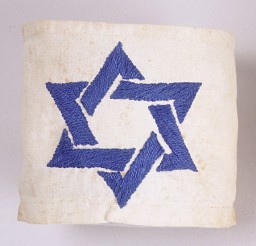
The Jewish Brigade Group of the British army was formally established in September 1944. It included more than 5,000 Jewish volunteers from Mandatory Palestine.
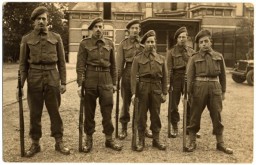
Before the Nazi rise to power, Jews represented less than 1% of Germany's population. Learn more about Jewish communities in Germany before the Holocaust.
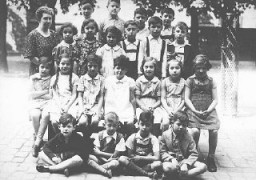
Learn about Jewish communal life and politics in Munkacs between WWI and WWII, including leaders, acculturation, Zionism, and communal organizations there.
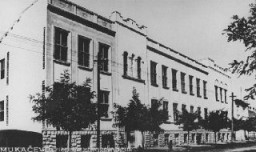
Economic, governmental, and political life in the Jewish community of Kalisz between World War and World War II.
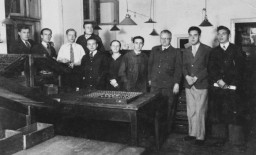
Learn about the vibrant Jewish community of Kalisz between World War I and World War II.
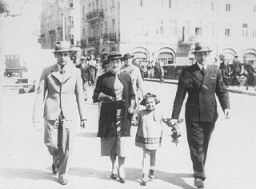
Kalisz had a vibrant Jewish community between WWI and WWII. Learn about its youth movements, schools, cultural life, sports, and religious life.
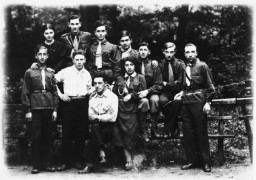
The Sephardic Jewish community of Monastir was historically the largest Jewish community in Macedonia. Learn about the community before and during WWII and the Holocaust.
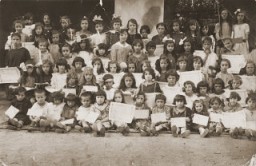
Learn about the Jewish community of Munkacs, famous for its Hasidic activity as well as its innovations in Zionism and modern Jewish education.
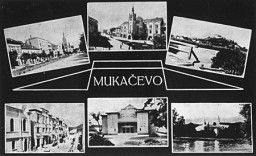
Learn about the Jewish community of Munkacs from the eighteenth century through the aftermath of World War I.
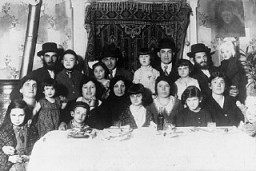
The Germans established Jewish councils (Judenraete) in the ghettos. Forced to implement Nazi policy, council leaders and members faced impossible moral dilemmas.
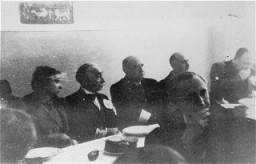
Jews have lived across Europe for centuries. Learn more about European Jewish life and culture before the Holocaust.
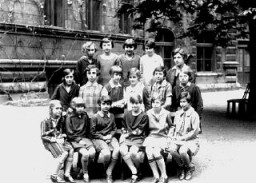
Before the Nazi rise to power, the countries of Europe had varied and vibrant Jewish communities. By 1945, two out of every three European Jews had been killed.
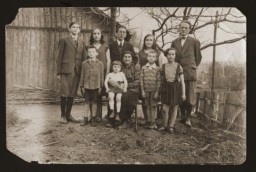
Learn about a group of Jewish men and women from Palestine who parachuted into German-occupied Europe to organize resistance and aid in the rescue of Allied personnel
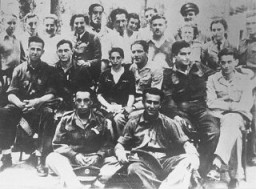
Some Jews who managed to escape from ghettos and camps formed their own fighting, or partisan, units during World War II. Learn about life as a partisan.
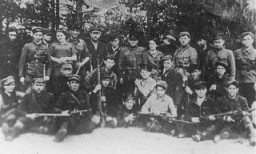
Before the Nazis seized power in Germany in 1933, Europe had a richly diverse set of Jewish cultures. Learn more about the Jewish population of Europe.

The SS Quanza was a Portuguese ship chartered by 317 Jewish refugees attempting to escape Nazi-dominated Europe in August 1940. Learn about its journey.
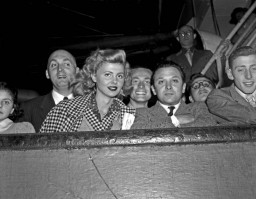
Resistance comes in many forms, both violent and non-violent, collective and individual. Learn more about Jewish resistance to Nazi oppression.
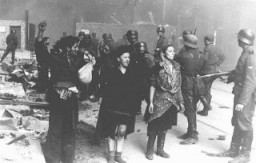
Learn more about Jewish prisoners and the various uprisings and armed resistance movements in killing centers and other Nazi camps.
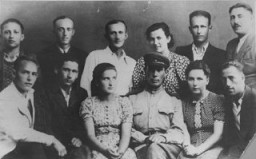
Under the most adverse conditions, Jewish prisoners initiated resistance and uprisings in some of the ghettos and camps, including Bialystok, Warsaw, Treblinka, and Sobibor.
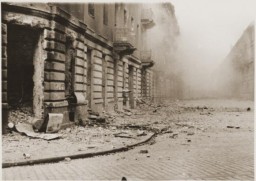
During World War II, members of Jewish youth movements in Poland embraced leadership roles in ghetto resistance and partisan fighting organizations. Learn more.
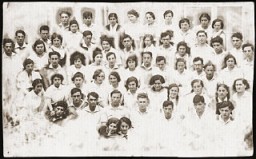
Jewish people have lived in Germany since the Middle Ages. Learn more about Jewish life, identity, and culture in Germany before the Nazis came to power.
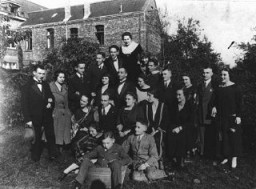
Learn about the diverse Jewish population of North Africa on the eve of World War II.
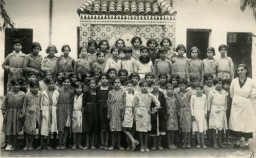
The charges against German foreign minister Joachim von Ribbentrop, negotiator of the German-Soviet Pact, during the International Military Tribunal at Nuremberg.
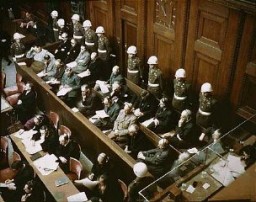
We would like to thank Crown Family Philanthropies, Abe and Ida Cooper Foundation, the Claims Conference, EVZ, and BMF for supporting the ongoing work to create content and resources for the Holocaust Encyclopedia. View the list of donor acknowledgement.